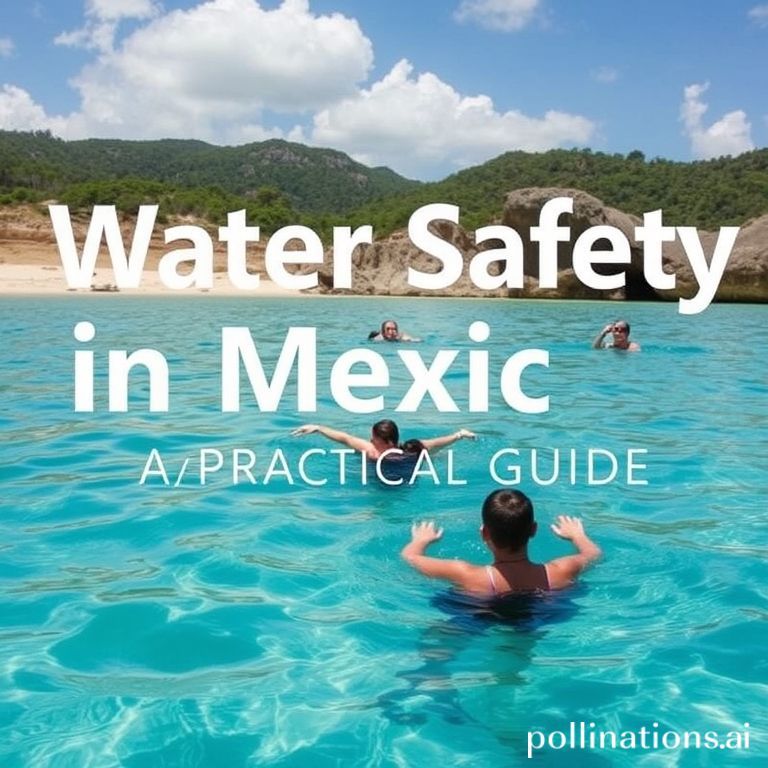Mexico, a land of vibrant culture, stunning landscapes, and delicious cuisine, attracts millions of tourists each year. However, one piece of advice seasoned travelers often share with newcomers is, “You can’t drink the water!” While this might sound alarming, understanding the reasons behind this and knowing how to stay hydrated safely is crucial for a healthy and enjoyable trip. This guide provides practical tips for navigating water safety in Mexico, ensuring you can focus on experiencing the magic this country has to offer.
This isn’t to say Mexico lacks clean water sources altogether. Major cities often have treated water supplies, but the distribution infrastructure can be old, leading to contamination. In smaller towns and rural areas, treatment facilities may be less sophisticated or non-existent. Therefore, it’s generally best to err on the side of caution and avoid drinking tap water directly.
Why Can’t You Drink the Tap Water in Mexico?
The primary reason tap water isn’t safe to drink in Mexico is due to the presence of bacteria, parasites, and other microorganisms that can cause gastrointestinal illnesses. These contaminants can enter the water supply through various sources, including:
- Outdated Plumbing: Aging pipes can corrode and leak, allowing contaminants to seep into the water.
- Inadequate Water Treatment: Some areas lack advanced water treatment facilities, leading to incomplete removal of harmful microorganisms.
- Contamination from Sewage: Improperly managed sewage systems can contaminate water sources, introducing bacteria and parasites.
Safe Alternatives for Staying Hydrated
Fortunately, staying hydrated safely in Mexico is easy. Here are several reliable options:
Bottled Water
Bottled water is widely available in Mexico, from convenience stores to supermarkets. Ensure the bottle is sealed properly before consumption. Look for reputable brands and avoid purchasing from unofficial vendors, as counterfeit bottles can sometimes be found. While bottled water is a convenient solution, consider the environmental impact of plastic waste and explore more sustainable options when possible.
Purified Water Stations (Garrafones)
Many homes and businesses use large, refillable water jugs called “garrafones.” These jugs are filled with purified water from specialized water stations. These stations often employ reverse osmosis or UV sterilization to ensure the water is safe. You can often find smaller versions of these garrafones for sale, or you can ask your hotel or guesthouse if they offer access to a garrafon for refilling your water bottle.
Water Purification Tablets or Filters
If you plan on hiking or venturing into more remote areas where bottled water isn’t readily available, consider bringing water purification tablets or a portable water filter. These devices can effectively remove bacteria and parasites from water sources, making it safe to drink. Be sure to follow the instructions carefully and allow sufficient contact time for the purification process to work.
Boiling Water
Boiling water for at least one minute effectively kills most harmful bacteria and viruses. While this is a reliable method, it requires access to a heat source and can be time-consuming. Let the water cool completely before drinking to avoid burns.
Beyond Drinking Water: Other Water Safety Tips
Water safety extends beyond just drinking water. Here are a few other precautions to take:
- Brushing Your Teeth: Use bottled or purified water for brushing your teeth.
- Washing Fruits and Vegetables: Wash produce thoroughly with purified water before eating. Consider using a produce wash specifically designed to remove bacteria and pesticides.
- Ice: Inquire about the source of ice in drinks. Opt for drinks without ice if you are unsure. Many restaurants and bars use purified water for their ice, but it’s always best to ask.
- Showers: While showering, avoid swallowing water. While the risk is lower than drinking tap water directly, it’s still a good practice to be mindful.
What to Do If You Get Sick
Despite taking precautions, you might still experience gastrointestinal upset. Common symptoms include diarrhea, nausea, vomiting, and stomach cramps. If you experience these symptoms, stay hydrated with electrolyte-rich beverages like Pedialyte or Gatorade. Avoid dairy products and greasy foods. If symptoms persist or worsen, seek medical attention. Many pharmacies in Mexico can offer over-the-counter remedies for mild cases of traveler’s diarrhea. For more severe cases, a doctor may prescribe antibiotics.
Conclusion
While the warning about tap water in Mexico is valid, it shouldn’t deter you from exploring this incredible country. By following these practical guidelines and taking necessary precautions, you can confidently navigate water safety and enjoy a healthy and memorable trip. Staying informed and proactive is key to ensuring your well-being and maximizing your experience in Mexico.
Ready to embrace the beauty of Mexico? Share this essential guide with your fellow travelers and start planning your adventure today!
IMAGE: A brightly lit Mexican street scene. In the foreground, a smiling tourist is buying a bottle of water from a vendor with a colorful cart. The background shows vibrant buildings and bustling activity. The overall mood is cheerful and informative, with warm color tones and a focus on practical travel advice.


